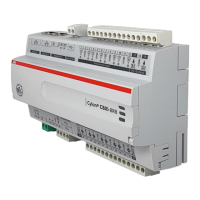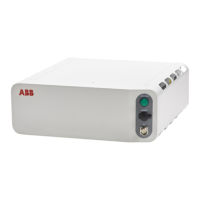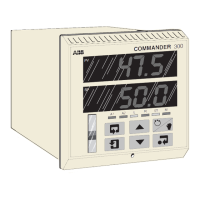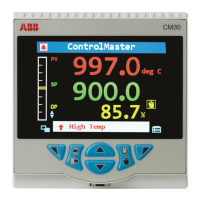IP ADDRESSING
Each device has at least one IP address, which uniquely identifies it from all other devices on the network.
There are several forms of IP addresses, but the most commonly used is IPv4, which consists of 4 numbers
(between
0
and
255
) separated by dots e.g.
192
.
168
.
222
.
51
DHCP (DYNAMIC HOST CONFIGURATION PROTOCOL)
The address can be set manually on the device itself, or else the device can be assigned one by a master
controller on the network. This master controller is known as the Dynamic Host Configuration Protocol
(DHCP) server.
To use an IP address, a device must know several pieces of data, including the IPv4 address that the device
will use, the IP address of the Domain Name Server (DNS) where the device can find IP addresses of other
devices, and the IP address of the Default Gateway device through which communications are routed.
Using DHCP means that all these pieces of information are set automatically avoiding the need for specialist
knowledge of IP networking. If DHCP is available on your network is the most convenient way to configure
your devices.
DHCP reservation
A DHCP server can be configured to always assign a particular IP address to a specific device. This is called a
DHCP reservation and enables a user to access a device by IP address even if the device power-cycles and
makes a new DHCP request.
SUBNETWORK (SUBNET)
A subnet is a logical division of a network – that is while it might be physically connected to other subnets,
communications traffic from one subnet can be kept separate from comms origination on other subnets.
A group of the most significant bits of the IPv4 address (the numbers at the start of the address) specifies
the address of a network or subnetwork. This is called the Network Prefix. The remainder specifies the host –
the address unique to the specific device.
For example:
• on the 192.168 subnet, an IP address of 192.168.2.54 refers to device 2.54.
• On the 55.231.77 subnet, IP address 55.231.77.3 refers to device 3
The specific parts of the address that are in each portion is defined by the device’s ‘Subnet Mask’. This can be
expressed as a “bitmask” that is applied by a bitwise AND operation – e.g. 255.255.0.0 means that only the
last 2 segments of the address apply to the local subnet.
For example,
• if the address 192.168.2.54 has a subnet mask “255.255.0.0”, that means that 192.168 is the subnet
address, and 2.54 is the device address.
• if the address 55.231.77.3 has a subnet mask “255.255.255.0”, that means that 55.231.77 is the subnet
address, and 3 is the device address.
The network can also be identified by a decimal number following the first IP address on the network – e.g.
55
.
231
.
77
.
0
/
24
. This is called Classless Inter-Domain Routing (CIDR) notation. The decimal number represents
the number of bits allocated for the Network Prefix.
Each segment of an IP address represents 8 bits,
i.e.
192
.
168
.
2
.
54
could also be written
11000000
.
10101000
.
00000010
.
00110110
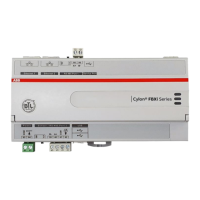
